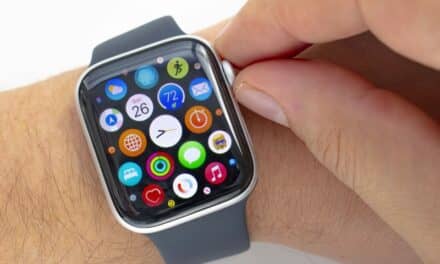The recent proliferation of digital health and wellness functions within the consumer wearables market has directed more attention to remote healthcare monitoring solutions—either through a self-managed approach or via a full-service program from a healthcare practitioner—according to a report from Strategy Analytics, a Boston-based market-research company.
“We know that people want to take control of their health and prioritize health indicators in their wearables,” says Lisa Cooper, director of Strategy Analytics User Experience Innovation Practice (UXIP) and report author. “COVID jumpstarted remote healthcare, and people had to take control by becoming more accustomed to digital modalities of care. Governmental agencies also fast-tracked approvals for more consumer wearables as medical devices, so the infrastructure is developing to enable the support and promotion of remote monitoring.”
The report, Monitoring Health and Wellness Remotely: A Roadmap to Healthy Adoption, investigates the current landscape of consumer healthcare devices in the COVID era, the user experience challenges, and what the future holds to address these issues.
“The availability of smartwatches that pack in health and wellness functionalities is growing,” Cooper says. “These smartwatches are also starting to combine sensors that measure multiple biometrics of health including blood pressure, heart rate, [electrocardiogram], bioelectrical impedance [analysis], skeletal muscle mass, basal metabolic rate, body fat, body water, sleeping, snoring, and many others. But we need to think beyond the wrist and innovate by exploring how to monitor multiple biomarkers with one easy-to-use, passive sensor such as a skin patch—something small and unobtrusive.”
Further fueled by the COVID era, people globally are now being required to adapt to more digital modalities of care, including digital healthcare, digital social activities, digital mental health support, and home-based fitness.
“Developers need to think big and partner with academia and healthcare institutions to create easy-to-use, passive wearables,” says Kevin Nolan, vice president of UXIP. “People want to feel empowered in their own health and partner with healthcare practitioners. In turn, healthcare practitioners have been open to digital solutions but need relevant timely data and not inaccurate sensory output.”





